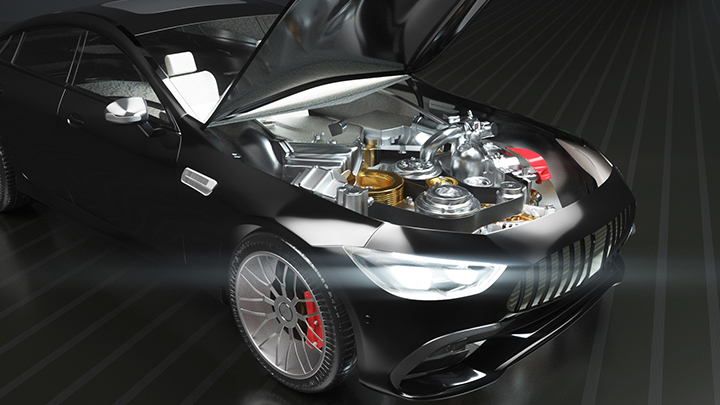How Much Does It Cost to Replace a Front Door on a 2018–2022 Mazda CX-5?
The Mazda CX-5, known for its sleek design and reliable performance, is a popular compact SUV. However, accidents can happen — and one common repair involves replacing a front door due to collision damage or severe dents. If you drive a 2018–2022 Mazda CX-5 and are wondering how much it costs to replace a front door, here’s a comprehensive breakdown.
1. Factors That Affect the Replacement Cost
The cost of replacing a front door on a Mazda CX-5 depends on several key factors:
OEM vs. Aftermarket Parts: Original Equipment Manufacturer (OEM) doors are typically more expensive than aftermarket options.
Labor Costs: Rates vary depending on your location and whether you go to a dealership or independent body shop.
Paint and Refinishing: Matching the car’s paint color adds to the cost, especially for premium or metallic finishes.
Parts and Accessories Transfer: You may need to transfer internal components like the window motor, wiring harness, speakers, door panel, and locks.
Insurance Coverage: If covered under a comprehensive or collision policy, your out-of-pocket cost may just be the deductible.
2. Estimated Cost Range
Here’s a general cost estimate for replacing a front door on a 2018–2022 Mazda CX-5 in the U.S.:
If you go through a dealership or 4S shop, the upper end of the range may apply. A reputable local body shop might offer savings, especially if using used or aftermarket parts.
3. Additional Considerations
Sensor Recalibration: Some CX-5 models have door-mounted safety sensors or cameras, which may require recalibration.
Alignment: Ensuring proper alignment is crucial for weather sealing and noise reduction.
Warranty: If your vehicle is under warranty, using OEM parts and dealership services may help maintain coverage.
Conclusion
Replacing the front door on a 2018–2022 Mazda CX-5 typically costs between $850 and $2,200, depending on parts, labor, and paintwork. Always get multiple quotes, and if your insurance covers it, file a claim to reduce out-of-pocket expenses. Choosing between OEM and aftermarket parts is a key decision based on your budget and quality preferences.




